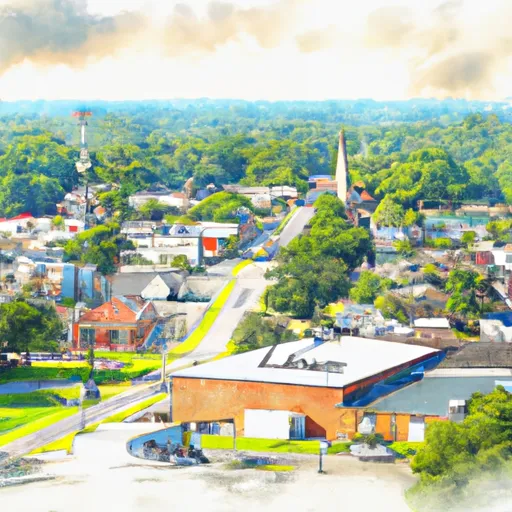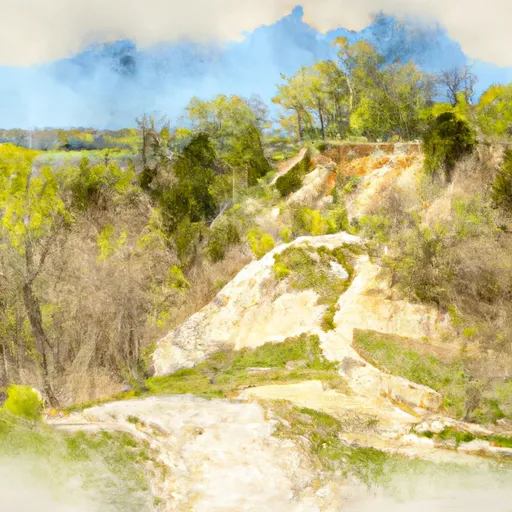°F
°F
mph
Windspeed
%
Humidity











Linville, Louisiana is a small town located in the southern part of the state. The climate in Linville is characterized as humid subtropical, with hot and humid summers and mild winters. The average high temperature ranges from the mid-80s to low 90s°F (29-33°C) during the summer, while winter temperatures usually stay in the mid-50s to low 60s°F (12-16°C). Precipitation is abundant throughout the year, with an average annual rainfall of around 55 inches (140 cm).
Hydrology in Linville is influenced by several constituents, including the Red River, which flows nearby. Other notable water features in the area include ponds, lakes, and wetlands. These provide opportunities for fishing, boating, and other water-based activities.
Outdoor recreation enthusiasts will find plenty of opportunities in Linville. The town is surrounded by lush forests and natural areas, offering hiking and camping experiences. Additionally, the nearby Kisatchie National Forest provides opportunities for hunting, bird-watching, and wildlife photography. Linville also has several parks and recreational facilities, including sports fields and playgrounds, offering activities for residents and visitors alike. With its diverse outdoor offerings and pleasant climate, Linville is a charming destination for nature lovers and outdoor enthusiasts.
Weather Forecast
Linville receives approximately 1406mm of rain per year, with humidity levels near 78% and air temperatures averaging around 18°C. Linville has a plant hardyness factor of 8, meaning plants and agriculture in this region tend to thrive here all year round.
Regional Streamflow Levels
979
Cubic Feet Per Second
1,100
Cubic Feet Per Second
30
Cubic Feet Per Second
2,170
Cubic Feet Per Second
Nearby Camping
| Camping Area | Reservations | Toilets | Showers |
|---|---|---|---|
| Palmetto Island State Park | |||
| Moro Bay State Park | |||
| Grand Marais County Park | |||
| Chicot State Park | |||
| Opelousas City RV Park | |||
| Rayne RV Park Gossen Memorial Park |



